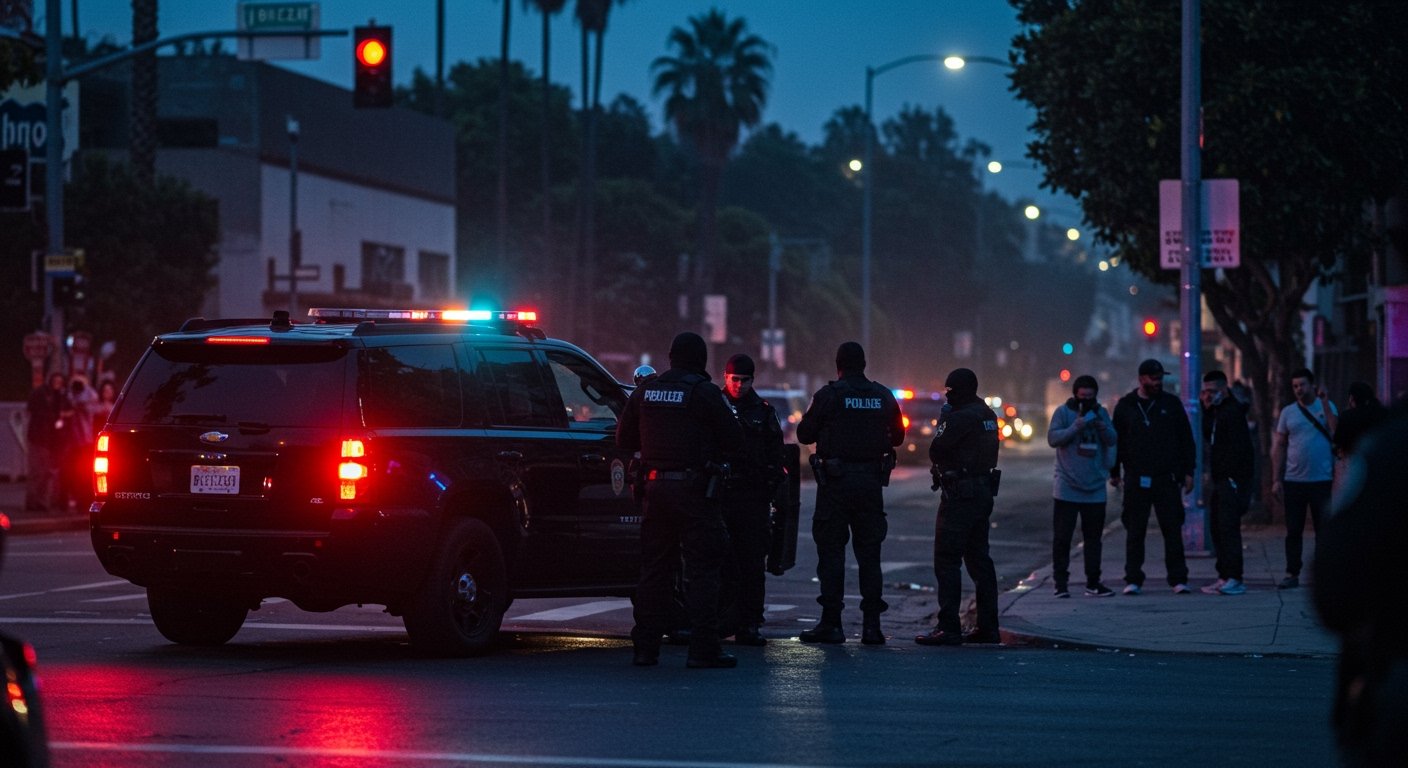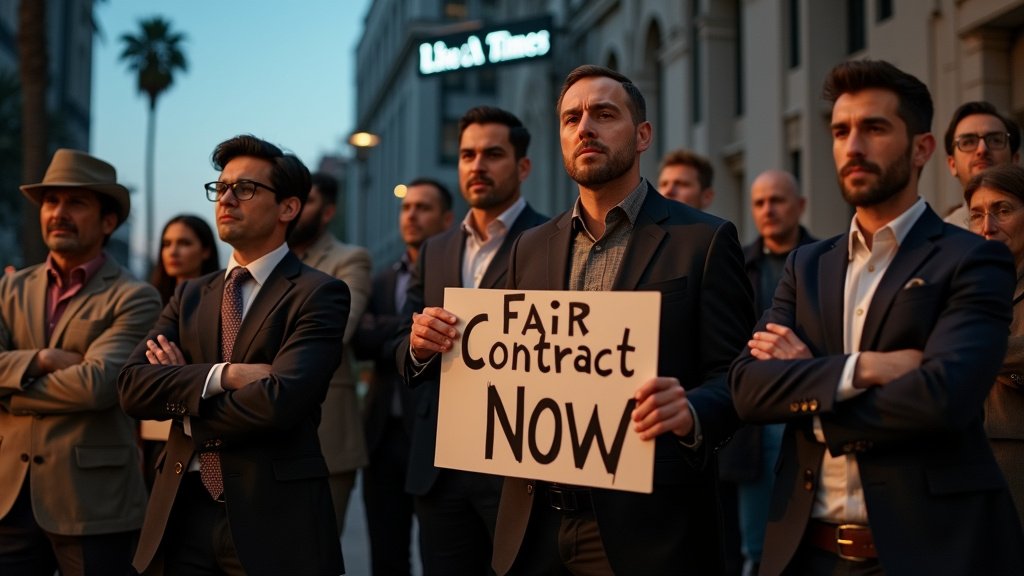LOS ANGELES – A growing pattern of aggressive federal immigration enforcement operations, often involving masked agents operating from unmarked vehicles, is creating significant tension in Los Angeles, posing challenges for local police and sowing fear within immigrant communities.
These operations, frequently conducted without prior notification to local authorities, leave city police departments to manage the aftermath, including community protests, inquiries from concerned residents, and the difficult task of distinguishing between legitimate federal action and potential criminal activity. The lack of transparency and coordination has, at times, resulted in local officers being mistakenly identified as federal agents, undermining years of effort to build trust with immigrant populations.
Unverified Operations and Local Confusion
The nature of these federal actions has led to public confusion and concern. Local law enforcement agencies often find themselves without crucial information regarding ongoing operations within their own jurisdictions. This knowledge gap hinders their ability to respond appropriately and inform the public.
“There’s no way for us to verify,” stated Pasadena Police Chief Gene Harris, reflecting on the difficulty local police face in confirming the legitimacy of potentially alarming incidents involving individuals who appear to be law enforcement but are operating covertly. This uncertainty was underscored by a specific event in Pasadena last week.
Disturbing Incident in Pasadena
The Pasadena incident, captured on video that subsequently went viral, involved a man exiting an unmarked vehicle at an intersection. Witnesses reported that the individual aimed his pistol at pedestrians before re-entering his car. Following this alarming display, the vehicle reportedly activated red and blue emergency lights and sped away.
Pasadena police launched an investigation to determine the nature of the event – specifically, whether it was a crime or a federal raid. According to Chief Harris, the department reviewed video evidence of the encounter. While initial identification was impossible, the review revealed credentials on the man’s uniform, leading the department to estimate he was an agent with U.S. Immigration and Customs Enforcement (ICE).
Confrontation and Aggression in Bell
Another incident highlighting the aggressive tactics occurred recently in the city of Bell. Masked men arrived at a car wash and proceeded to detain workers. This action quickly drew the attention of residents and immigration rights advocates, leading to a confrontation. According to reports from the scene, the federal agents involved ultimately drove their vehicles over curbs and street islands in order to leave the area, further escalating tensions and demonstrating a disregard for standard procedure and public safety.
These incidents are not isolated. Broader reports indicate the impact of these operations across the city. Reports surfaced on June 22, 2025, detailing arrests of L.A. immigrants by federal agents. Furthermore, fears related to potential immigration arrests have been cited in a reported decrease in L.A. bus ridership as of June 20, 2025, illustrating how the perceived risk affects even ordinary daily activities.
Undermining Community Trust
The use of unmarked vehicles and masked agents contributes to an environment of fear, making it difficult for residents to distinguish between federal agents and potentially dangerous individuals. For local police, who rely heavily on community cooperation and trust to solve crimes and maintain public order, this confusion is particularly damaging.
Efforts by local departments to build rapport with immigrant communities are complicated when residents fear that any interaction with law enforcement – federal or local – could lead to detention or deportation. The incidents in Bell and Pasadena exemplify how federal tactics, perceived as aggressive and opaque, can erode the fragile foundation of trust that local police forces strive to maintain.
The Challenge for Local Authorities
Local police chiefs and city officials are increasingly voicing concerns over the lack of communication from federal agencies regarding operations within their cities. This lack of coordination not only creates confusion and potential safety risks during operations but also burdens local resources as departments respond to incidents and community fallout they were not prepared for.
The dilemma highlighted by Chief Harris – the inability to immediately verify the legitimacy of actions taken by seemingly authorized individuals in unmarked cars – underscores a fundamental challenge presented by these tactics. It forces local police into a reactive stance, attempting to piece together events after they have occurred, rather than being partners in ensuring public safety and upholding the law.
As federal immigration enforcement continues its presence in Los Angeles, the methods employed are prompting difficult questions about transparency, accountability, and the impact on local policing and community relations. The incidents serve as potent examples of the challenges faced by a major international city grappling with the consequences of aggressive, and often unannounced, federal operations within its boundaries.





